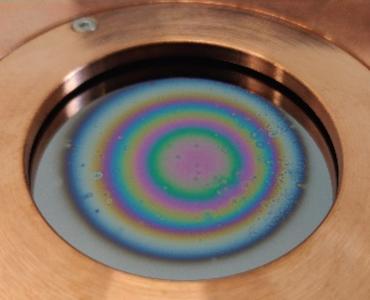Characterisation of contamination induced straylight

Determine the scatter function dependent on different levels of contamination in order to support straylight modelling for future instrument design and performance assessment during instrument Assembly, Integration, and Test (AIT)..
With state-of-the-art polishing techniques straylight from surface roughness is decreased and straylight induced by contamination is becoming one of the main contributors to the straylight performance. It is then important to rely on representative models for contamination induced straylight. Typically, industry is using models coming from literature, which can lead to very different results. The activity shall include the following tasks : - A critical review of the existing models shall be performed. - Bidirectional Reflectance Distribution Function (BRDF) and Bidirectional Transmittance Distribution Function (BTDF) measurements shall be performed on different contaminated samples (mirrors, lenses) with known amounts of contamination (particulate and molecular) after being exposed to a cleanroom environment. - Derivation of scatter functions from the measurements to be used in straylight analysis software. This shall take into account the spectral dependence. - Measurements in different cleanrooms shall be performed and compared (in terms of particle distribution function and scattering function).
